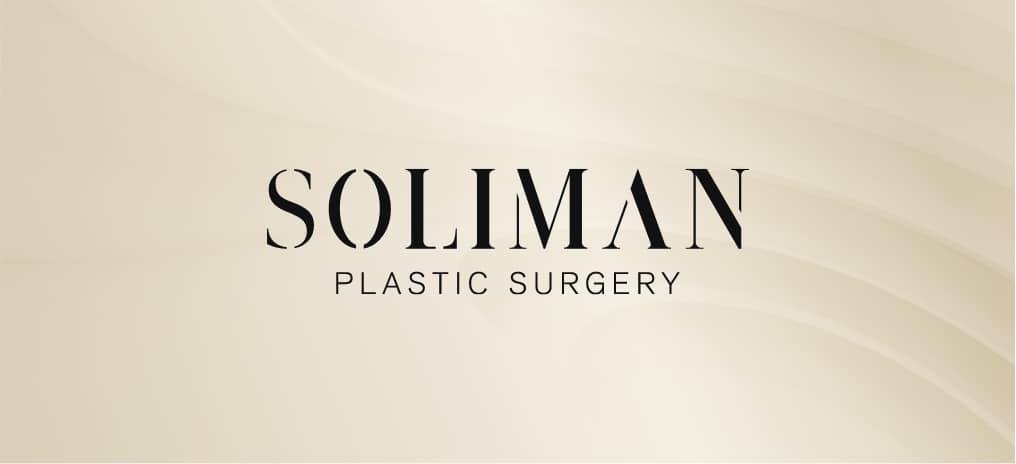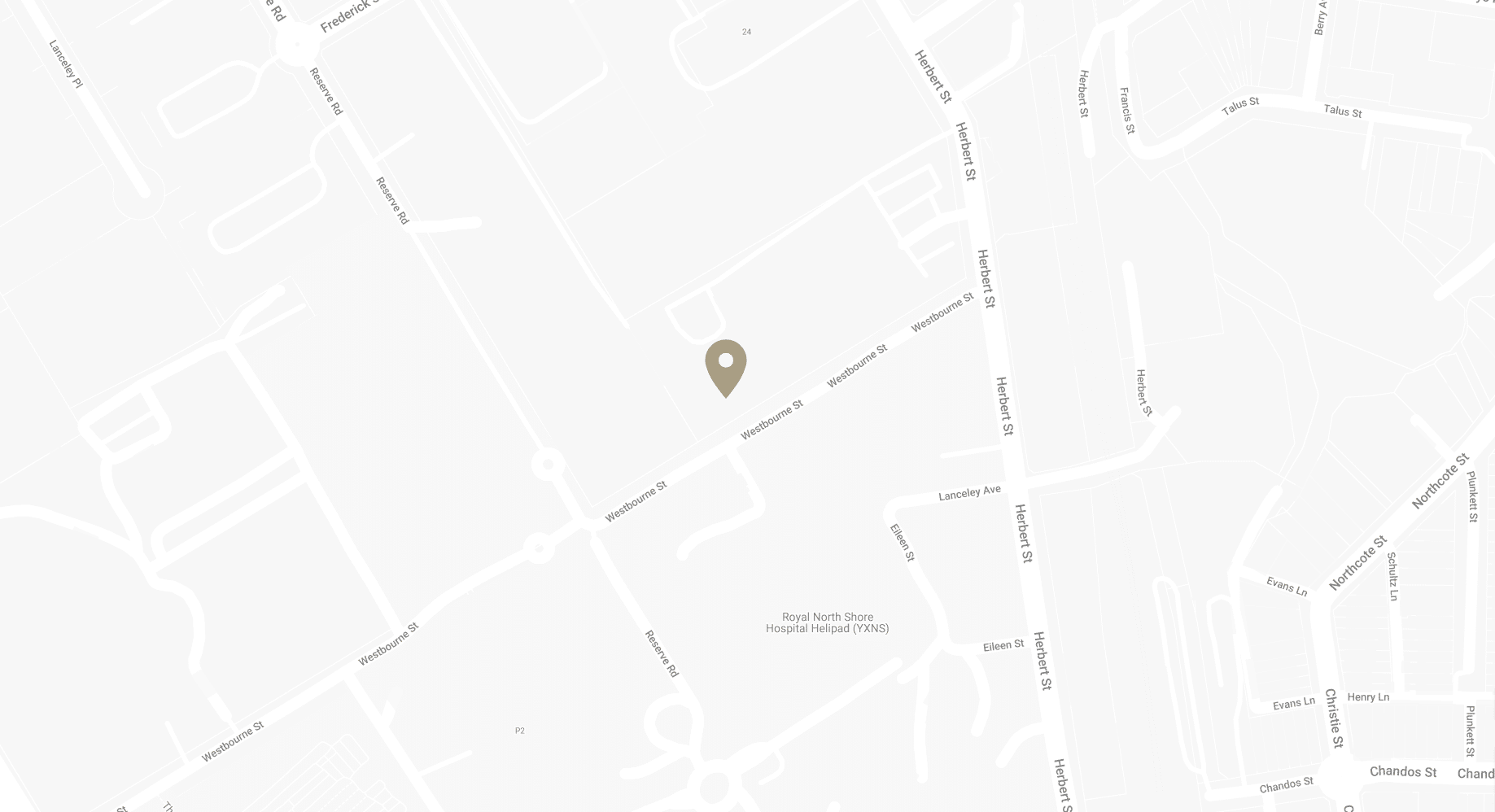Diastasis Recti – Causes and Solutions
Diastasis recti, commonly referred to as split tummy muscles, is a condition that many individuals may not be familiar with, yet it affects a significant number of people, especially postpartum women. It is a separation of the abdominal muscles, which can lead to a bulging belly and other physical complications. Understanding this condition, its causes, and potential treatments is essential for those who suspect they might have it.
Sydney Specialist Plastic Surgeon Dr Bish Soliman has extensive experience in performing abdominoplasty surgery. Abdominoplasty is a surgical intervention that can address diastasis recti. Dr Bish’s experience in this field ensures that patients receive the highest standard of care, with a focus on safety, precision, and optimal results. His approach to abdominoplasty is rooted in a deep understanding of the human anatomy and different surgical techniques.
Download Dr Bish Soliman Abdominoplasty Guide

The Anatomy of the Abdomen and Diastasis Recti
To fully grasp the implications of diastasis recti, one must first understand the anatomy of the abdomen. The abdominal region is not just a single muscle but a complex structure of multiple muscle layers. The outermost layer, the rectus abdominis, is what most people recognise as the ‘six-pack’ muscle. It runs vertically from the ribcage to the pubic bone. Behind this are three more layers: the external oblique, the internal oblique, and the transverse abdominis. Together, these muscles work in harmony to provide stability, flexibility, and strength to the core.
Diastasis recti specifically affects the rectus abdominis. When the left and right halves of this muscle separate, it creates a gap. This gap compromises the integrity of the abdominal wall, leading to the aforementioned symptoms and physical changes. Diastasis recti is characterised by the separation of the rectus abdominis muscles, which run vertically down the middle of the abdomen. These muscles are integral to core strength and stability. The gap that forms between these muscles can vary in size, but even a small separation can lead to noticeable physical changes and discomfort.
Causes of Diastasis Recti
While diastasis recti is most commonly associated with pregnancy, it can affect anyone, including men and those who have never been pregnant. The primary causes include:
- Pregnancy: The growing uterus pushes against the abdominal muscles, causing them to stretch and sometimes separate. Multiple pregnancies, large babies, and pregnancies close together can increase the risk
- Weightlifting: Incorrect techniques or lifting excessive weights can exert undue pressure on the abdominal muscles
- Rapid weight gain or loss: Sudden changes in weight can strain and stretch the abdominal muscles
- Ageing: As we age, our muscles naturally weaken and lose elasticity, which can contribute to diastasis recti
Factors Exacerbating Diastasis Recti
While we’ve touched upon the primary causes of diastasis recti, certain factors can exacerbate the condition:
- Genetics: Just as some people are genetically predisposed to conditions like high blood pressure or diabetes, genetics can play a role in the likelihood of developing diastasis recti
- Activities that strain the abdominal wall: Beyond weightlifting, activities like chronic coughing, certain yoga poses, or even specific day-to-day movements can exacerbate the condition if done repetitively and without proper form
- Posture: Poor posture, especially with a pronounced anterior pelvic tilt, can put additional strain on the abdominal muscles, making diastasis recti more pronounced
Symptoms and Diagnosis
The most apparent symptom of diastasis recti is a bulge or “pooch” in the stomach, especially when the abdominal muscles are strained. Other symptoms include:
- Lower back pain
- Poor posture
- Difficulty in performing certain movements or exercises
- A feeling of weakness in the core
A simple self-exam can help in identifying diastasis recti. By lying on the back and lifting the head slightly, one can feel for a gap between the muscles. However, a definitive diagnosis should be made by a doctor.
Treatment Options for Diastasis Recti
The approach to treating diastasis recti largely depends on its severity and the individual’s specific needs. While surgery might be the answer for some, others might find relief and improvement through non-surgical means. Here’s a more detailed exploration of the available treatment options:
Non-Surgical Treatments
For those with mild to moderate diastasis recti, non-surgical treatments can often provide significant improvement:
Physical Therapy
- Purpose: Physical therapy focuses on strengthening the core muscles, improving posture, and reducing the gap between the rectus abdominis muscles
- Techniques: Therapists often employ a combination of deep-tissue massage, pelvic floor exercises, and targeted abdominal workouts. These exercises not only help close the gap but also improve overall core stability
- Duration: The duration of therapy varies based on the individual’s condition. Some might see improvement within a few weeks, while others might need a few months
- Benefits: Beyond treating diastasis recti, physical therapy can enhance overall physical health, improve posture, and reduce the risk of back pain
Supportive Garments
- Purpose: These garments are designed to provide external support to the abdominal muscles, helping to alleviate discomfort and reduce the visible bulge
- Types: There are various types of supportive garments available, from abdominal binders to specially designed corsets and belts. The choice largely depends on personal comfort and the level of support required
- Duration: While supportive garments offer immediate relief, they are used as a temporary solution or in conjunction with other treatments
- Benefits: Apart from providing support, these garments can also aid in posture correction and provide a smoother silhouette under clothing
Surgical Treatment: Abdominoplasty
For individuals with severe diastasis recti or those who haven’t achieved satisfactory results with non-surgical treatments, abdominoplasty presents a definitive solution:
- Purpose: The primary goal of abdominoplasty is to repair the separated muscles, remove excess skin and fat, and restore the abdomen’s natural contour
- Procedure: The surgery begins with an incision made in the lower abdomen. The skin is then lifted, and the separated muscles are sutured together. Excess skin and fat are removed, and the skin is sutured back, creating a flatter and tighter abdominal profile
- Recovery: Post-operative care is crucial. Patients are usually advised to wear compression garments to reduce swelling and support the healing tissues. Activities are restricted for several weeks, with a gradual return to normal routines. Regular follow-ups ensure that the healing process is progressing well
- Benefits: Abdominoplasty offers a long-term solution to diastasis recti. Beyond the physical repair, the surgery can also provide a better defined abdominal profile
The Importance of Post-Surgical Care
The journey doesn’t end once the surgery is over. Post-surgical care is paramount to ensure the longevity of the results and the overall well-being of the patient. This includes:
- Physical therapy: Even after the muscles are surgically repaired, strengthening the core through targeted exercises is crucial. A physical therapist can guide patients through safe and effective workouts
- Diet and nutrition: Proper nutrition aids in the healing process. A balanced diet ensures that the body gets all the necessary nutrients to repair and maintain the abdominal muscles
- Regular medical check-ups: Routine visits to Dr Bish Soliman ensure that the surgical site is healing well and there are no complications
FAQs about Diastasis Recti – Split Tummy Muscles
What is the primary difference between diastasis recti and other abdominal conditions?
- Diastasis recti specifically refers to the separation of the rectus abdominis muscles in the abdomen. Unlike hernias, where there’s an actual tear in the abdominal wall allowing organs to protrude, diastasis recti is a stretching of the linea alba, the connective tissue between the muscle bands.
Can men also develop diastasis recti?
- Yes, while it’s more commonly associated with postpartum women, men can also develop diastasis recti. Factors like significant weight gain, performing abdominal exercises incorrectly, or even genetic predisposition can contribute to its development in men.
Is surgery the only definitive solution for diastasis recti?
- While surgery like abdominoplasty can provide a definitive solution for severe cases, individuals with mild to moderate diastasis recti might find improvement through non-surgical treatments like physical therapy and supportive garments.
Are there any risks associated with leaving diastasis recti untreated?
- While diastasis recti itself isn’t life-threatening, leaving it untreated can lead to complications like chronic back pain, poor posture, and digestive issues. Additionally, the weakened abdominal wall might increase the risk of hernias.
Can exercises exacerbate diastasis recti?
- Yes, certain exercises, especially those that put excessive pressure on the abdominal wall like sit-ups, crunches, and some Pilates moves, can worsen the condition if not performed correctly or if done without proper guidance.
Is diastasis recti preventable during pregnancy?
- While the stretching of the abdominal muscles is natural during pregnancy, certain practices can reduce the risk of severe diastasis recti. These include maintaining a healthy weight, performing core-strengthening exercises before and during pregnancy (with medical guidance), and avoiding excessive weight lifting.
How soon after childbirth can I check for diastasis recti?
- It’s advisable to wait at least 6-8 weeks postpartum before checking for diastasis recti. This allows the body some time to heal and recover from childbirth. If you suspect you have the condition, it’s best to consult with a healthcare professional for a proper diagnosis.
How is diastasis recti diagnosed by a healthcare professional?
- A healthcare professional will typically conduct a physical examination to diagnose diastasis recti. This involves feeling the gap between the rectus abdominis muscles while the patient is lying down and slightly lifting their head. The width of the gap is measured in finger widths. An ultrasound may also be used to visualise the separation and assess its severity.
Are there any specific exercises recommended for individuals with diastasis recti?
- Yes, there are exercises specifically designed to help strengthen the core and reduce the gap caused by diastasis recti. These exercises focus on engaging the transverse abdominis, the deepest abdominal muscle. Pelvic tilts, heel slides, and single leg stretches are some examples. However, it’s essential to avoid exercises that can exacerbate the condition, such as traditional sit-ups and crunches. It’s always best to work with a physical therapist or fitness professional familiar with diastasis recti to ensure exercises are done correctly.
Can diastasis recti recur after treatment or surgery?
- While treatments like physical therapy and surgery can effectively address diastasis recti, there’s a possibility of recurrence, especially if the individual becomes pregnant again or engages in activities that strain the abdominal wall. Maintaining core strength, practicing good posture, and being mindful of activities that put excessive pressure on the abdomen can help reduce the risk of recurrence.
Further Reading about Body Surgery with Dr Bish Soliman
- Read Dr Bish’s Tummy Tuck – Abdominoplasty Surgery Page
- Read Dr Bish’s Blog about Abdominoplasty Controversies – Diastasis Recti Repair
- Read Dr Bish’s Blog about How to Reduce and Improve Your Tummy Tuck Scar (Abdominoplasty Scar)
- Read Dr Bish’s Blog about How Effective Are Silicone Strips for Plastic Surgery Scars
- Read Dr Bish’s Blog about Recovery after Abdominoplasty
- Read Dr Bish’s Blog about Medicare for Abdominoplasty
- Read Dr Bish’s Blog about Pregnancy after Abdominoplasty Surgery
- Read Dr Bish’s Blog about Can I Have a Hernia Repair with Tummy Tuck (Abdominoplasty)?
Medical References about Diastasis Recti
- Diastasis Recti (Abdominal Separation) – Cleveland Clinic
- Diastasis Recti Rehabilitation – StatPearls
- Your post-pregnancy body – NHS
- Diastasis Recti: Symptoms, Causes, Treatment – Health



